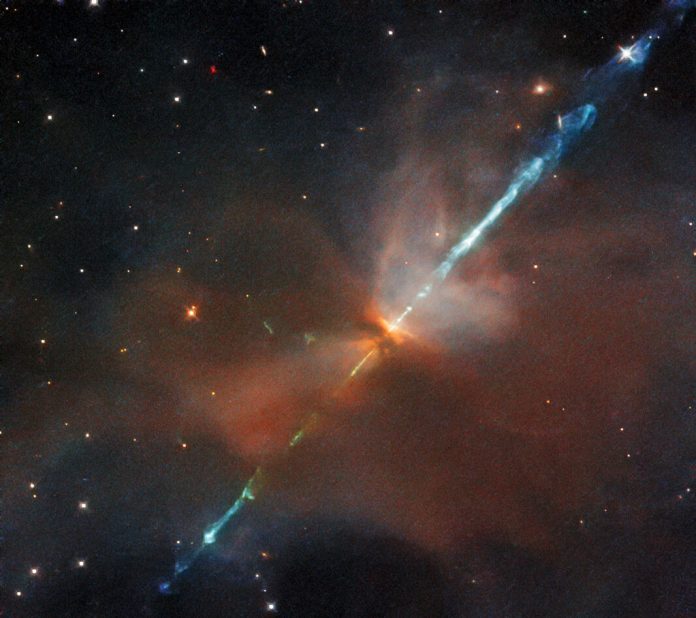Open Access Government zeroes in on some of the most powerful telescopes in the world – specifically the promise of new discoveries in the Division of Astronomical Sciences (AST) Vera Rubin Observatory
The National Science Foundation (NSF) is a sprawling giant, a framework of funding, projects and people that seeks to push boundaries in virtually every scientific discipline across the US. When it comes to astronomy, the power and location of an observatory is essential to any meaningful discovery.
In the last few years, there have been new, acute understandings about mass, dark matter and the way that galaxies fundamentally work. Like stars in a dark sky, new knowledge is lighting the way for even more knowledge. To capitalise on the possibility of new discovery, the NSF are leading a new astronomy project.
NSF leads new 10-year astronomical observation
At the beginning of 2020, the NSF launched a new astronomical venture – the National Optical Infrared Astronomy Research Laboratory. [1] Federally funded, the research centre is expected to be a home to boundary-breaking astronomy, as the Vera Rubin Observatory comes online in 2022.
Vera Rubin was the first astronomer to discover some evidence for the existence of dark matter, by identifying a discrepancy between predicted and observed angular motion of galaxies. Her pioneering work created an understanding of the matter that makes up 27% of the universe, opening the door for other revelations about matter. She died, in 2016.
Rubin, reflecting on the future of astronomical discovery, once said: “In a spiral galaxy, the ratio of dark-to-light matter is about a factor of ten. That’s probably a good number for the ratio of our ignorance to knowledge. We’re out of kindergarten, but only in about third grade.” [2]
What can the new Vera Rubin Observatory do?
Chile, tucked between mountains with a low level of population, has over 200 cloudless nights each year. The natural dry desert atmosphere creates an absence of cloud, with no water circulating as it does in humid countries. The sparse population means that there is hardly light pollution to interfere with observation too.
The new Vera Rubin Observatory, located in the clear night-skies of Cerro Pachón in Chile, is an 8-meter-class telescope coupled to a 3.2-gigapixel camera. Technically, it will be the world’s largest digital camera ever created for optical astronomy. The NSF’s Division of Astronomical Sciences will be making observations from here, as soon as the Observatory is finished.
It will run a 10-year Legacy Survey of Space and Time (LSST), which should amount to 500 petabytes of images and data. In all that data, scientists expect to find more answers about the structure of the universe. [3] In one study, by the University of Chicago and the Harvard-Smithsonian center for Astrophysics (CfA), the new telescope is expected to find roughly 50 objects during its decade long observation. Some of these objects could be close enough for humans to observe, with spacecraft.
Why is the NSF interested in finding interstellar objects?
Firstly, it is important to remember that any astronomical object not gravitationally bound to a star, visiting our galaxy, is ominous with history. The history does not necessarily have to mean aliens. It means a correlation between the object, especially if it is making a returning trip, and how the structure of the universe works.
For instance, how is it returning to orbit nearby? What does this mean about where the interstellar object originated?
When the Vera Rubin Observatory begins the LSST, astronomers will be able to take a more intensive look at interstellar objects – especially those that raise questions. The NSF hope to launch intercepting missions for objects close enough, which will give the US an unprecedented level of engagement with interstellar objects and all their mysteries.
The next decade should be fruitful for scientists across the globe who look to the stars, as Vera Rubin did.
[1] https://www.nsf.gov/news/factsheets/Virtual Facilities_v14_Final.pdf
[2] https://www.brainyquote.com/quotes/vera_rubin_937548
[3] https://phys.org/news/2021-09-vera-rubin-observatory-interstellar-year.html











